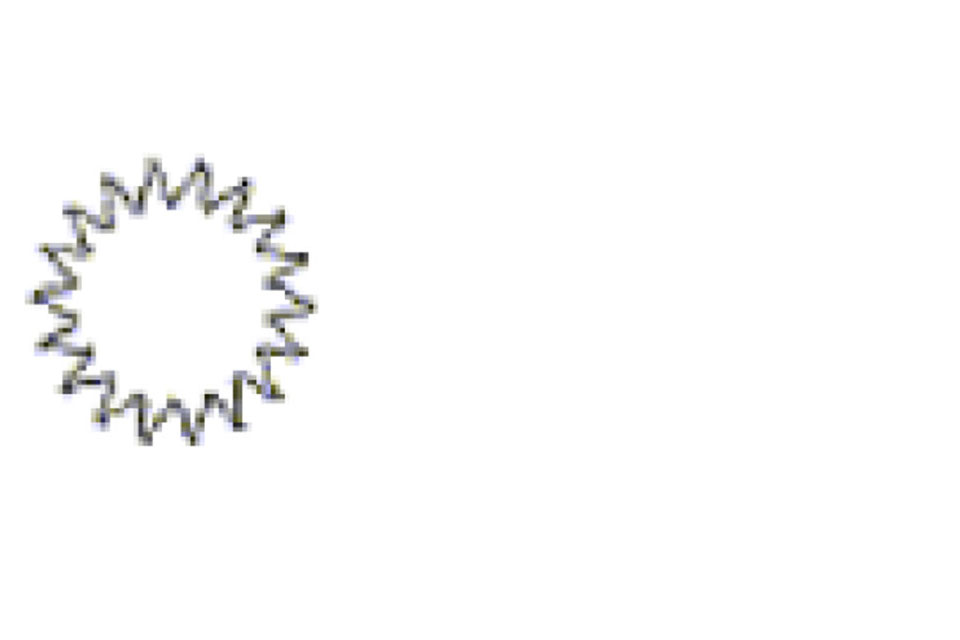Motorcycle helmets, visors and goggles
Published 1 August 2010
General guidance and advice on the legislative requirements in Great Britain relating to motorcycle helmets, visors and goggles.
The requirements for helmets are set out in full in The Motor Cycles (Protective Helmets) Regulations 1998 and The Motor Cycles (Protective Helmets) (Amendment) Regulations 2000. The requirements for visors and goggles are set out in full in he Motor Cycles (Eye Protectors) Regulations 1998 and The Motor Cycles (Eye Protectors) (Amendment) Regulations 2000.
Buying a helmet — what to look for
When buying a helmet, look for one that complies with one of the following standards:
a) British Standard 6658:1985 (it will be marked with a British Standard ‘kitemark’); or
b) UNECE Regulation 22.05 (it will be marked with a UN ‘E’ mark and the first 2 digits of the approval number will be ‘05’ – example below).

A helmet that is fitted with a non protective face cover should be marked to indicate the unsuitability of the lower face cover to offer any protection against impacts to the chin. This should be by way of a marking on the lower face cover with the words ‘Does not protect chin from impacts’ and / or the approved symbol (example below).

Helmets may also be sold if they comply with any standard accepted by an EEA state which offers a level of protection which is equivalent to (i.e. the same as, or better than) British Standard 6658:1985 and are marked with a certification mark which is equivalent to the British Standard ‘kitemark’. However, at the time of writing, we are not aware of any such standard or certification mark.
For the avoidance of doubt, we do not consider UNECE Regulation 22.04 to be equivalent to the British Standard because it does not contain a chin-guard test for full face helmets or a test for rotation inducing forces caused by projections and surface friction.
Wearing a helmet
If you are driving or riding on a 2 wheeled motorcycle on a road you must wear a helmet. Passengers in a sidecar don’t have to wear a helmet and neither does a Sikh who is wearing a turban. Also, no helmet is needed if someone is pushing the motorcycle on foot.
Helmet standards
You must wear a helmet which has been approved to one of the British Standards listed below, or to UNECE Regulation 22.05.
British Standard No.
2001:1956 may be worn only 1869:1960 may be worn only 2495:1960 may be worn only 2001:1972 may be worn only 5361:1976 may be worn only 2495:1977 may be worn only 6658:1985 may be sold and worn
Alternatively, you can wear other types of helmet which could reasonably be expected to give a similar, or greater, level of protection in an accident as British Standard 6658:1985 or UNECE Regulation 22.05.
SHARP
The Safety Helmet Assessment and Ratings Programme (SHARP) is a consumer information scheme that uses a 1 to 5 star rating scale to indicate the level of protection a helmet can provide.
Visors and Goggles
When buying a visor, look for products that comply with one of the following:
Grade X in British Standard BS 4110:1979, Grades XA, YA or ZA in BritishStandard BS 4110:1979 as amended by AMD 3368, AMD 4060 and AMD 4360 (It will be marked with the number of the standard, have the grade and the British Standard Kitemark).
In the case of visors also look for approval to UNECE Regulation 22.05 (it will be marked with a UN ‘E’ mark and the first two digits of the approval number will be ‘05’ – example below).

Visors may also be sold if they comply with any standard accepted by an EEA State which offers a level of protection which is equivalent to (i.e. the same as, or better than) British Standard BS 4110:1979 and are marked with a certification mark which is equivalent to the British Standard ‘kitemark’. However, at the time of writing, we are not aware of any such standard or certification mark.
In the case of goggles also look for approval to Council Directive 89/686/EEC as amended by 93/68/EEC and 96/58/EEC (see explanatory note). (They will be marked with a ‘CE’ mark). Eye protectors first used before 1 April 1989 and fitted with lenses designed to correct a sight defect, transmit 50% or more of visible light and do not fly into fragments if fractured may also be used.
If you use a visor or goggles they must be approved to one of the appropriate standards above. Those visors marked ‘Daytime Use Only’ or having the symbol with the same meaning (example below) should only be used in daytime.

Visors that transmit less than 50% of visible light do not fully comply with any of the standards above and can not legally be used on the road.
N.B.The British Standards Institution have superseded BS 4110:1979 with BS4110:1999 for visors and BS EN 1938 for goggles. Visors approved to BS4110:1999 would also satisfy BS 4110:1979 and its amendments. BS EN1938 is the national derivative of the harmonised European standard prepared for the Council Directive 89/686/EEC as amended.
Consolidated versions of National regulations can be found in Sweet and Maxwell’s ‘Encyclopaedia of road traffic law and practice (construction and use)’ which should be available at most main reference libraries.
Copies of national regulations can also be purchased from:
The Stationery Office
Orders/Post Cash Department
PO Box 29
Norwich
NR3 1GN
Telephone: 0870 600 5522
Fax: 0870 600 5533
Email: [email protected]
Website: www.tso.co.uk
UNECE Regulation 22 may be downloaded free of charge from the United Nations Economic Commission for Europe.
Legal information
This guidance is covered by the terms and conditions that apply to all GOV.UK content.
